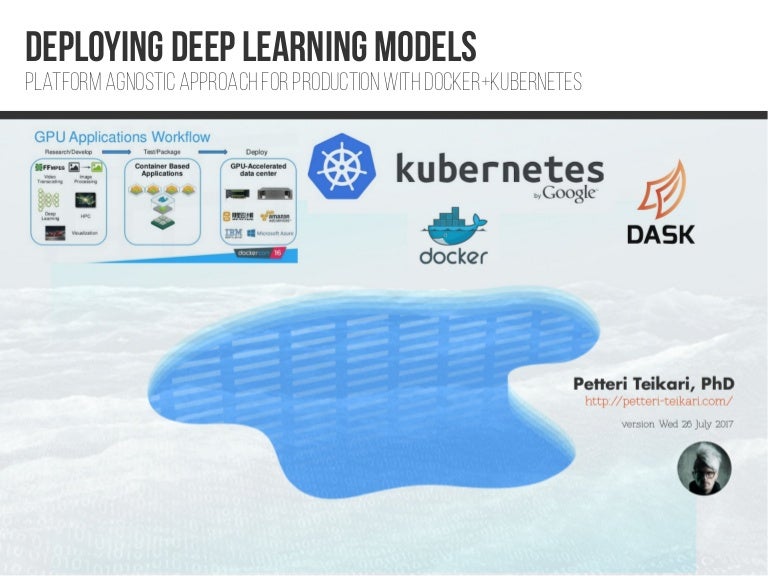
- LEARN DOCKER AND KUBERNETES FROM SCRATCH HOW TO
- LEARN DOCKER AND KUBERNETES FROM SCRATCH INSTALL
- LEARN DOCKER AND KUBERNETES FROM SCRATCH MANUAL
- LEARN DOCKER AND KUBERNETES FROM SCRATCH SOFTWARE
LEARN DOCKER AND KUBERNETES FROM SCRATCH HOW TO
LEARN DOCKER AND KUBERNETES FROM SCRATCH INSTALL
Follow this tutorial to install your Ubuntu server. You should be able to SSH into each server as the root user with your SSH key pair.

The cluster itself will consume around 300-500MB of memory and 10% of CPU on each node. It could be containerized on your cluster, including web applications, databases, daemons, and command-line tools. After you have successfully set up the cluster, you can run almost any traditional UNIX application. containerized applications and services) assuming that the servers in the cluster have sufficient CPU and RAM resources for your applications to run. Once you complete this tutorial, you will have a fully functional cluster ready to run workloads (i.e. You can also increase the cluster’s capacity by adding workers. containerized applications and services) will run. Worker nodes are the servers where your workloads (i.e. Worker nodes are the nodes that carry on with their assigned work even if the master node goes down once scheduling is complete. It runs etcd, an open-source distributed key-value store used to hold and manage cluster data among components that schedule workloads to worker nodes.įor example, the scheduler would figure out which worker node will host a newly scheduled POD. It also holds the node’s resources plan to determine the proper action for the triggered event. Your cluster will include the following physical resources:Ī master node is a node that controls and manages a set of worker nodes (workloads runtime) and resembles a cluster in Kubernetes. These are the two tools that make creating additional clusters or recreating existing clusters less vulnerable to errors and can be used for these preliminary tasks.
LEARN DOCKER AND KUBERNETES FROM SCRATCH SOFTWARE
Saltstack is open-source software for information technology automation driven by events. However, it doesn’t create users or handle the installation of operating-system-level dependencies and their configuration and cannot provision your infrastructure.Īnsible is an open-source tool for software provisioning and application deployment. It also helps in automating the installation.

Kubeadm is a tool, which configures several integrated elements, parts, and pieces such as the API server, Controller Manager, and Kube DNS. Take a look at our blog post that will introduce you to everything you need to know about the basics of the Kubernetes platform. Kubernetes has a rapidly growing open-source community, actively contributing to the project.
LEARN DOCKER AND KUBERNETES FROM SCRATCH MANUAL
Kubernetes (also known as k8s or “kube”) is an open-source container orchestration platform that automates many of the manual processes involved in deploying, managing, and scaling containerized applications.




 0 kommentar(er)
0 kommentar(er)
